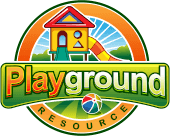
Play remains an essential part of one’s childhood. This activity fosters kids’ development and satisfies a toddler’s natural need for learning.
A child can play alone, with other children or adults, but the use of toys and playground equipment makes playing even more interesting and beneficial.
Toys and playground gear help build self-confidence and develops coordination. Therefore, parents must make sure to use the proper toys and equipment that are beneficial to your child’s growth.
Table of Contents
Importance of Play in Child Development
Without a doubt, play serves as the groundwork for literacy. It starts early. Babies who touch and explore toys are already playing while making sense of these objects.
For older kids, play gives them time and space to become physically active and meet friends. Recent research revealed that play has numerous benefits, not only for the youngsters but their parents as well.
Children should not be denied the time to play. Each and every kid deserves this opportunity for developing his or her unique potential.
Parents and guardians need to encourage their children to completely reap the advantages related to play. Likewise, adults must contemplate factors that hinder optimal growth through playing.
Play enhances self-awareness. Children become active thus improving their physical as well as mental health. Play boosts the kids’ creativity and independence.
The challenges, taking risks and solving problems increase strength, allowing children to cope with new situations. It presents opportunities not only for learning but different kinds of skills as well.
These skills refer to motor, social and communication along with healthy physical activity. Play is crucial to the development of children’s large, fine and gross motor skills which helps them deal with bad tempers and stress.
Development of Motor Skills
The central nervous system of children plays a fundamental part in developing motor skills.
As the central nervous system begins to become mature, the child develops the capacity to perform simple and delicate tasks. Specific messages are transmitted from the child’s brain to the smalls fingers.
However, they need to be patient while learning and mastering fine motor skills, which can be frustrating for them at times but does come naturally.
Among the fine motor skills are minor body movements and the capabilities required to perform them.
Some examples are the ability to grasp small objects using the index finger and thumb, turning book pages, and writing with pencils and pens.
Physical play and playing on playgrounds is effective in building fine motor skills, coordination and their sense of balance.
Gross motor skills, on the other hand, include the entire body and numerous muscle groups. These motor skills are required to be able to walk, jump and climb.
Kids must develop said skills before understanding fine motor skills. Large movements that involve moving the arms, legs, or whole-body fall under the category of gross motor skills.
Young people need plenty of energy to absorb and perform these motor skills.
Development of Social Skills
Children start to socialize at the age of three or four years. They learn how to share toys and ideas and follow conventional rules in life.
At this young age, children collaborate to play simple games or build something like a puzzle. The child figures out what specific role to play.
This is the period where they learn and practice social skills which include cooperating and solving problems.
Kids gradually learn to communicate, cooperate, and negotiate. These are the basics. Enhanced social skills which include fostering friendship, teamwork, and collaboration can be built as the youngsters mature.
Play is one of the best methods for children with different personalities and backgrounds to socialize.
Play helps kids nurture social skills through interaction with their peers. They listen, pay attention and share experiences. All of these skills assist them in doing the following:
- Exploring feelings
- Expressing themselves
- Developing self-discipline
- Working out life’s emotional aspects
Development of Communication Skills
The capability to communicate refers to the ability and yearning to relate with other people through the exchange of ideas and feelings.
Children normally learn to communicate by meeting a need or establishing and maintaining interaction initially with their parents and siblings. Babies communicate by crying, yelling or chuckling.
A child who plays alone or with other kids develops vital language and listening skills. Methods of play vary and become diverse and more complicated as the child grows older.
Parents of preschoolers must find the time to participate in play activities and help their children to improve their communication capabilities. Kids who are more engaged have a better opportunity for language learning and improvement.
Healthy Physical Activity
Healthy physical activity is synonymous with better overall health. Thus, children have to exercise early. For them, healthy physical activity means playing and becoming physically active.
The World Health Organization recommends that children from five years old up to their teen years must engage in activities that can result in added health benefits.
Benefits of healthy physical activity for active kids include:
- Stronger bones and muscles
- Less risk of obesity or being overweight
- Lean bodies
- More sleep
- Higher levels of energy
Role of Playground Equipment in Child Development
Aside from the importance of play, parents must recognize the critical role of playground equipment in a child’s development.
Playgrounds are not merely fun places where kids can spend their leisure time.
The development of children on a structured and well-equipped playground covers all aspects of that child’s need to grow up with resourcefulness and top motor skills.
In other words, it is part of the lifeblood of a child’s early development.
Playgrounds with equipment such as a seesaw, slide, and swing are where the child learns to build on social skills. From the physical point of view, spur-of-the-moment play on this recreational area with other children considerably heightens the youngster’s motor skills.
The sense of coordination progresses faster if the child is on the playground unaware of the next activity. Besides, children are more daring while playing on the playground.
Playing on equipment also urges the child to work harder in acquiring motor skills and coordination they need.
Kids discover valuable and often difficult lessons while on the playground. The playground educates the young learner on how to approach other young boys and girls.
They likewise realize that not all people are as responsible as their parents. This discovery becomes the foundation for creating social relationships for their entire lives.
Types of Playground Equipment and Their Benefits
Playground equipment is a great tool to develop the skills mentioned above. Using a variety of this equipment engages all body muscles to operate and endure, teach balance, coordination, and dimensional awareness.
All of these are needed to play different kinds of sports. Knowing the value of playground equipment- it is important for parents to know the different types of gear that their kids can use both indoors and outdoors.
Swings

Swings help children bolster motor skills. Pumping the legs to gain elevation and jumping from the swings helps in locomotion, coordination, and balance.
Holding on to the chain strengthens grip and promotes finger coordination which is a breakthrough in learning how to write.
For tots or those with developmental challenges, swinging aids in sensory integration. This integration combines inner ear balance with spatial awareness.
Slides
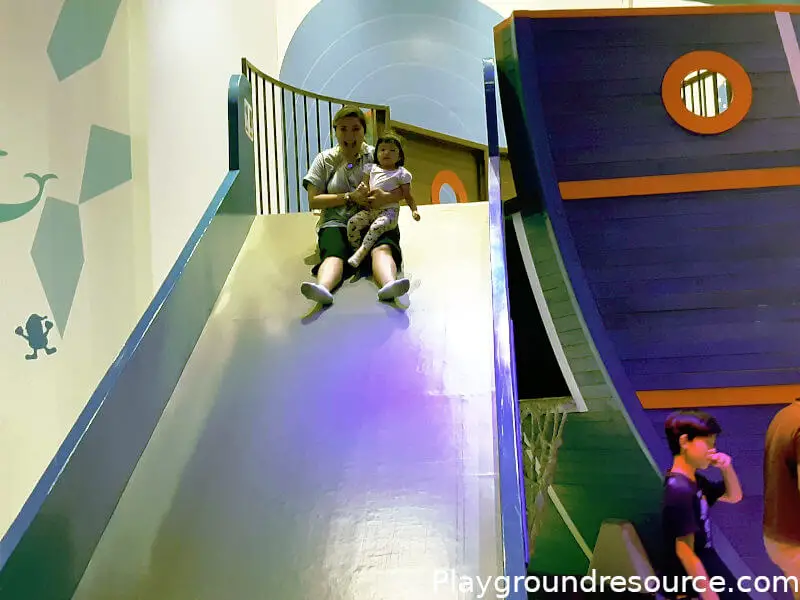
Sliding stimulates the ear canal and fluids in that passageway which creates a sense of balance. Kids can balance their bodies while gravity pulls them down the slide.
Playing on the slide motivates the child to exercise because adrenaline rushes from the vesicular system upon stimulation
See-Saws

See-saws are ideal for boosting patience and collaborative play because this equipment requires balance and coordination between two or more children. Otherwise, it will not work.
The child’s upper and lower body strength develops as the see-saw moves up and down. It helps the kid learn about motion through space as well as body balance.
Merry-Go-Rounds

Merry-go-rounds go in circles. The cycle repeats endlessly and has the potential to go very fast, which helps to develop their coordination as well as “risk-taking” and judgment abilities.
The direction and diameter never change. Kids know this impulsively, but decisions must be made, for speed and/or getting onto and off of the merry-go-round. Children’s minds tend to learn in circles, while parents and teachers try to straighten the path for these young minds.
When this happens successfully some parents refer to this as a milestone. Teachers like myself prefer to call them outcomes.
Playground Climbers
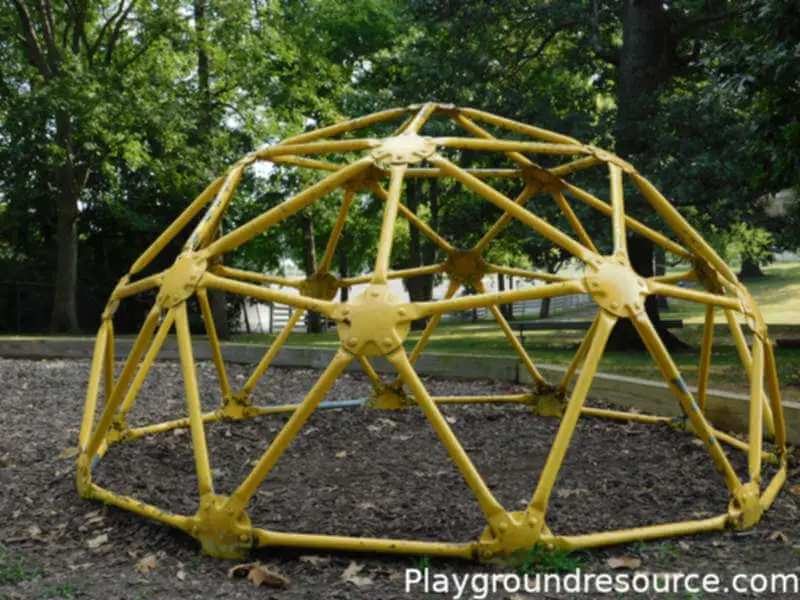
Playground climbers promote self-confidence, preparing preschoolers and young children for a challenging school environment.
Through climbing, the child develops fine motor skills which include grip, grasp, and dexterity.
Spring Riders
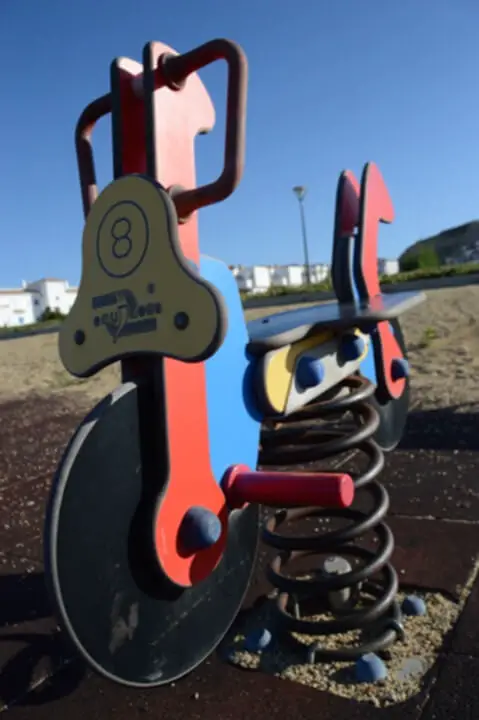
The spring rider is unique and comes in various forms like animals and cars. It sparks the innovativeness and imagination of children.
Spring riders allow them to rock and bounce, building their balance and coordination– ideal for tots and preschoolers, but can still benefit older children.
Tubes
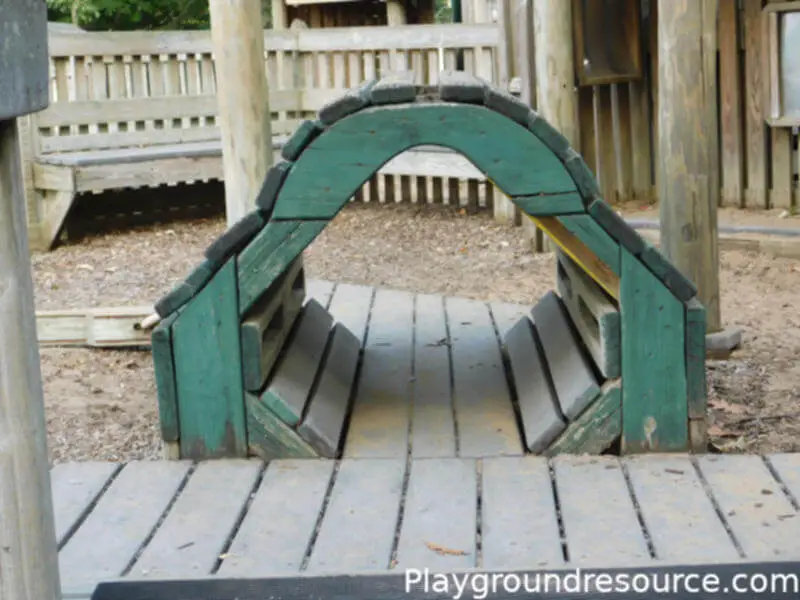
These visually aesthetic play tubes or tunnels link pieces at the same level or different elevations. Tubes help in the improvement of motor skills.
The act of climbing allows the children to control the movement of their arms and legs. It is definitely an exciting and interactive way of playing.
Miscellaneous Toys
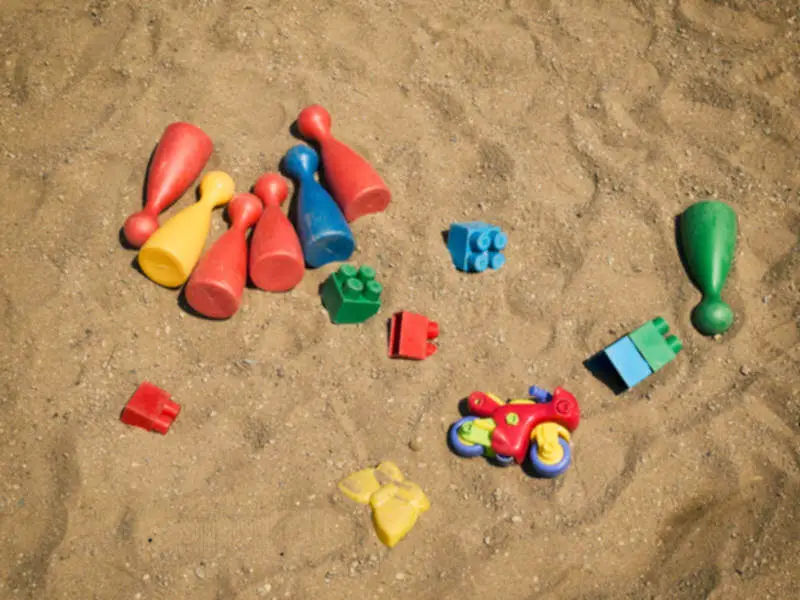
Toys have an essential role in a child’s play.
These toys facilitate cognitive, social and motor development. Children can easily relate to a toy– which helps them to keep in touch with the new world they are exploring, lending braveness while promoting learning.
What to Consider When Choosing Playground Equipment
There are several factors to consider when choosing playground equipment. These are Safety, Expense, Size, Durability, and Age Appropriateness.
Safety
Safety means the children will not get hurt while using the equipment. Some safety features include railings padded with foam, well-guarded edges to prevent children from falling, and sturdy materials to accommodate a variety of weights.
Expense
Look at your budget. It is necessary to purchase playground equipment that is not too expensive but can serve its purpose in child development.
Second-hand equipment can be a great way to save on costs. As long as the equipment is structurally sturdy, you can always make the appearance look new again.
Check out this article on how to restore plastic play equipment.
Size/Scale
The size of the equipment must fit the playground or area in order to be fully useful and safe.
It should also conform to the needs and requirements of children using the equipment.
Scale refers to the space equipment takes up, plus the area around it needed to safely use said equipment.
Durability
Playground equipment must be durable to ensure a long life, less maintenance, and safety of the users.
An equipment’s durability goes hand-in-hand with the cost. It’s often better to spend a little more than to have a piece of equipment break after a few weeks.
Age Appropriate
Choose age-appropriate equipment. injuries tend to happen more often and more serious when children are allowed to use equipment that is too advanced for them.
Remember the three age categories you’ll most often find for playground equipment. These are 2 years old and below, 2 – 5 year old, and 5 – 12 year old.
Final Thoughts and Considerations
Choosing new playground equipment and toys for your little one is an important decision.
There are many things to consider, and countless added benefits from choosing the right piece of equipment and toy.
I hope this article has helped you not only in your decision of what type of playground equipment to get your child, but also provided helpful information for you and your family. Remember to be safe and have fun!

Yohana
Over 14 years in special education with a BA in psychology. I work daily with children of all kinds, with a special focus on childhood development and play using music and play equipment among other tools.
